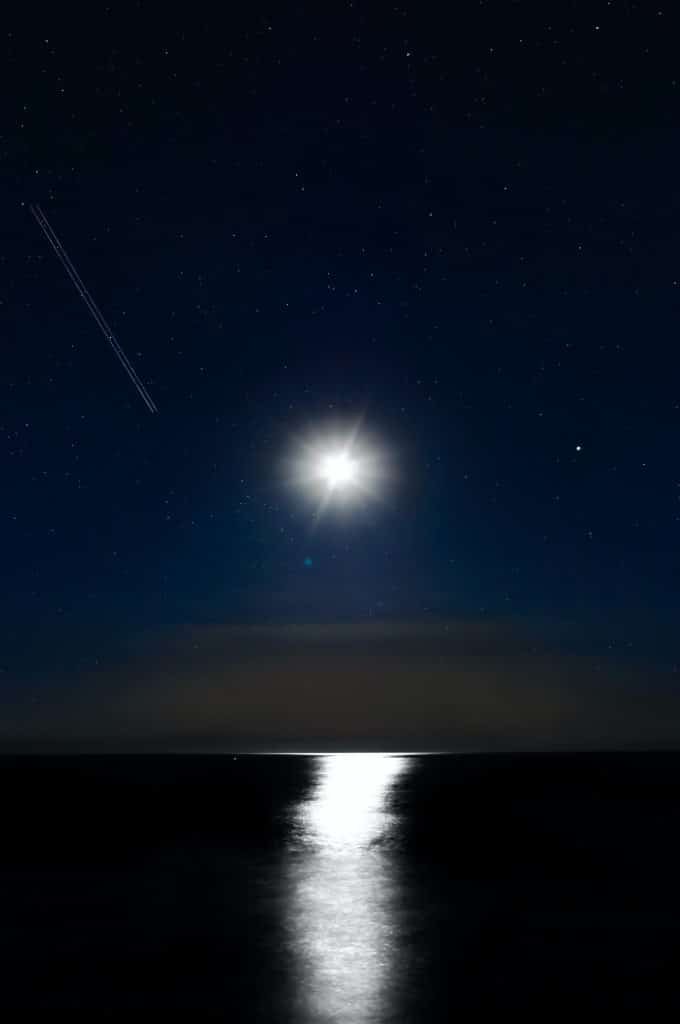What was the Bethlehem Star? Was it really there? Could the story of the star that guided the Magi have an astronomical explanation?
In the months leading up to Christmas, the story of the Christmas Star, or the Star of Bethlehem, which supposedly guided three wise men – the ‘Magi’ – to the birth of Jesus Christ, comes up again.
But who were the Magi, and what was the Christmas star that enticed them to journey hundreds of miles across the desert? Did the Bethlehem Star really exist?
Is the story mentioned anywhere in the history of astronomy?
The Gospel according to Matthew contains one of the most famous passages in the Bible: “Where is he that is born King of the Jews? We have come to worship him because we saw his star in the East.”
If we’re serious about the possibility of an actual Bethlehem star existing and being incorporated into the story of the birth of God’s son, we can immediately rule out the blazing celestial orb that graces our Christmas cards.
Since 221 BC, Chinese astronomers have been documenting anything that disturbs the peace of the night sky, including ‘broom stars’ (comets) and ‘guest stars’ (novae and supernovae).
However, there is no mention of any such “guest stars” around the time of Jesus’ alleged birth.
In 12BC, the Chinese reported a ‘broom star’ that swept across the sky – none other than Halley’s Comet.
Giotto di Bondone was inspired to paint one of the most famous depictions of the Star of Bethlehem, as a blazing comet hanging over the stable, after seeing Halley’s Comet in 1301. However, Halley’s Comet could not have been the Star in 12BC.
Colin Humphreys, a Cambridge scientist, believes Chinese astronomers spotted another comet in 5BC, but oriental records indicate it was a dim specimen unlikely to entice the wise men away from home.
What were the names of the three wise men?
The phrase “wise men” gives us a hint as to what prompted their epic journey. This is a modern translation of the Greek word magi,’ which also gives us the words’ magic and magician’. Astrologers were among the wise men.
They were more interested in the motion of the planets than in exploding stars or comets. And, in 7BC, Jupiter and Saturn danced an unusual tango, much like we will see in 2021 with the Great Conjunction of Jupiter and Saturn on December 21.

